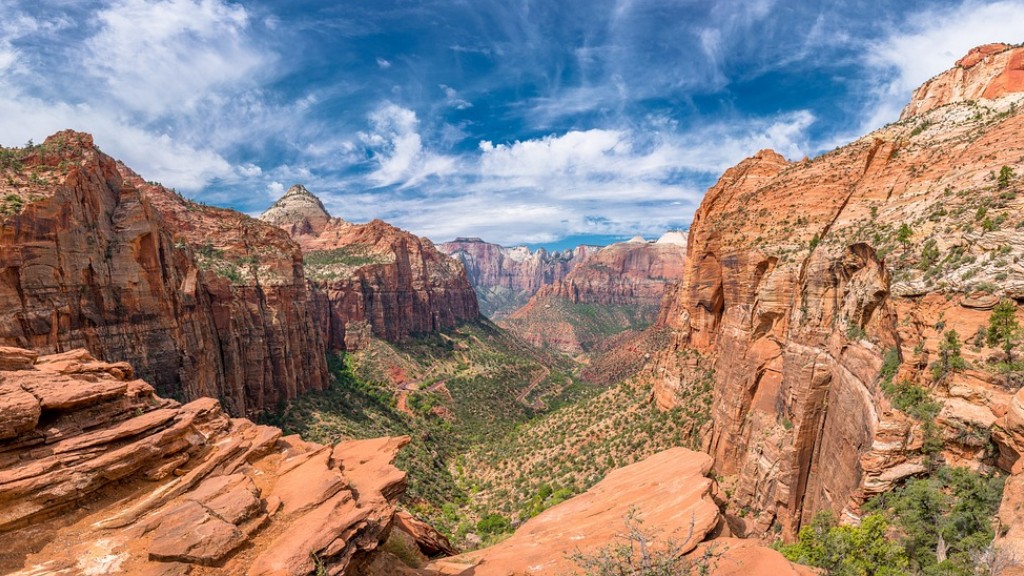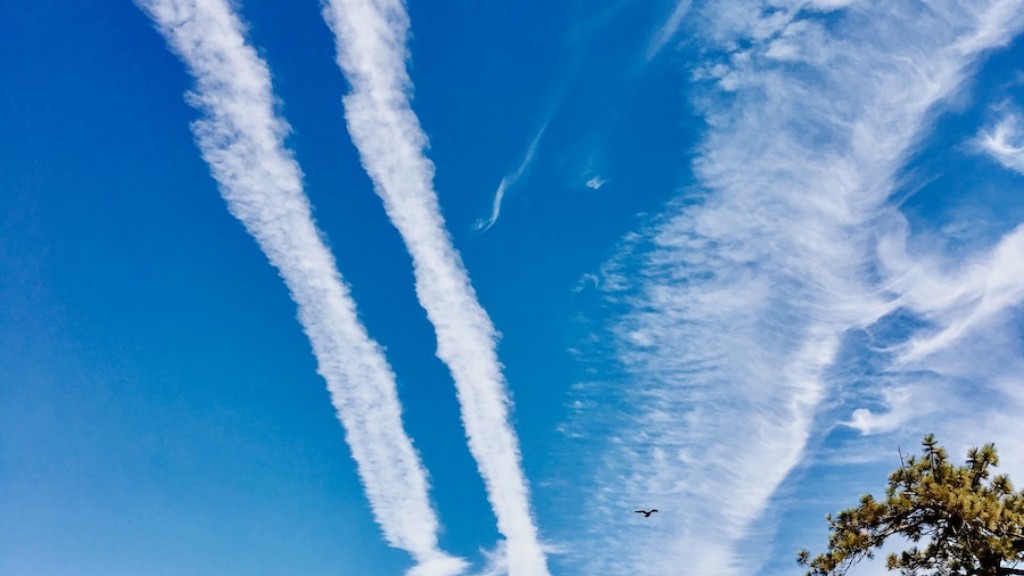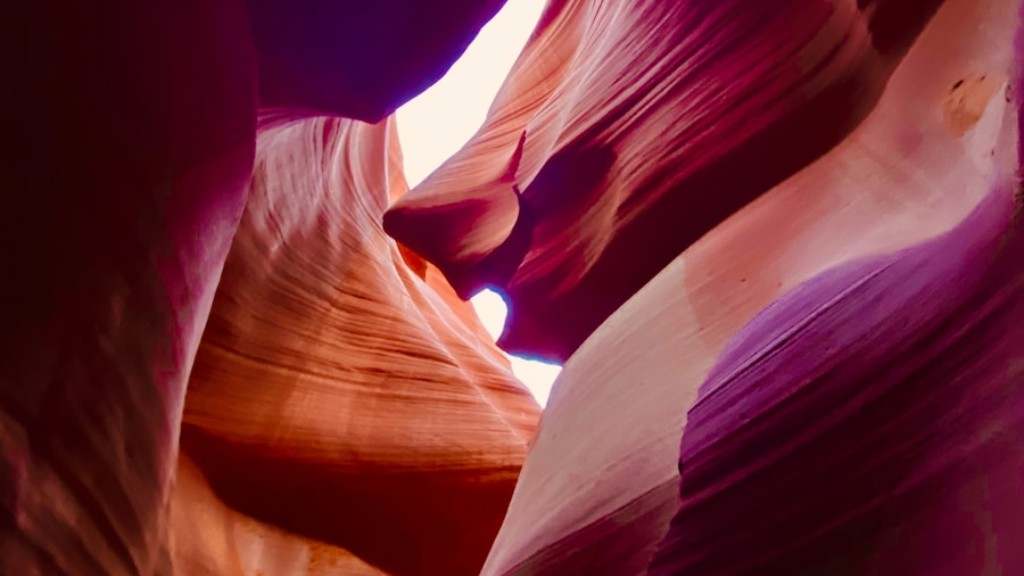Background
Visiting Zion National Park is an incredible experience. It’s one of the most popular parks in the United States, drawing millions of visitors each year. Whether you’re a hiker, camper, or birdwatcher, there’s something for everyone in this amazing natural wonder. But, like any outdoor activity, it’s important to take certain precautions to protect yourself when you’re there.
Dangers
The conditions in Zion National Park can be dangerous if you’re not prepared. It’s important to be aware of potential hazards such as animals, flash floods, lightning, and extreme temperatures. Even small decisions, such as bringing the wrong kind of clothing, can have big repercussions. The weather in the park can change quickly, so it’s important to be flexible.
Hike with a partner
Zion National Park is a wild place. It’s home to deer, mountain lions, and other wildlife. For your safety, you should always hike with a partner, especially if you plan to explore beyond the main trails. Having another person with you can alert you to danger earlier and help provide physical support if needed.
Be aware of wildlife
It’s not a good idea to approach wild animals in the park, even if they look docile or friendly. Keep a respectful distance from all wildlife, and make sure to keep your food and trash securely stored when not in use. If you see an animal acting aggressively, back away slowly and give them plenty of space.
Stay on the trails
You should also never go off-trail when exploring Zion National Park. Off-trail areas are often difficult to navigate, and can contain unexpected hazards. There may also be areas of the park where off-trail hiking is prohibited for safety reasons.
Check the weather
Apart from wildlife, the weather is the most dangerous element in Zion National Park. Conditions can change quickly, and thunderstorms, flash floods, and extreme temperatures can all occur without warning. Before you go, make sure you check the forecast and come prepared for anything.
Be prepared with supplies
On any given day, the conditions in Zion National Park can range from wet and cold to blazing hot and dry. Make sure that you bring a variety of supplies to dress for any situation. Good gear can make all the difference in the outdoors.
Bring a map
Just like in any unfamiliar place, having a good map of the park is essential. Maps are available at the park entrance and from visitor centers. They’ll show you trails, landmarks, and campsites, as well as areas to avoid. It’s also a good idea to take photos of the maps as you explore.
Be cautious with water
The Zion National Park environment can be arid, making water an essential part of any visit. It’s important to bring enough water for everybody in your group. You should also drink plenty of water throughout the day so you don’t become dehydrated.
Pack the right gear
Being prepared for any eventuality is a key part of protecting yourself in Zion National Park. Bring along a first aid kit, headlamp, sunscreen, water filter, insect repellent, and other basic supplies in case of emergency.
Communicate your plans
No matter how long you plan to stay in the park, it’s a good idea to let someone know your plans. Tell them where you’re going, how long you plan to stay, and when you’re due back. This will make it easier to find you in an emergency.
Research safety tips
Finally, it’s important to research safety tips before you visit Zion National Park. Check for any temporary closures or restrictions that might be in place, as well as general safety advice for the area. Park rangers can provide valuable information about current conditions, and may even suggest areas to avoid.
Know the terrain
Hiking can be dangerous in Zion National Park. Make sure to familiarise yourself with the terrain before attempting any trails, and only hike routes within your experience and ability level. If in doubt, take the advice of park rangers and stick to established trails.
Be aware of the environment
The environment in Zion National Park is fragile and vulnerable. It’s essential to always stay on the trails and avoid damaging any vegetation. Make sure to pick up any litter you bring into the park and dispose of it properly.
Carry a whistle
Having a whistle is a great way to alert others to your presence in an emergency. It can also be used to signal for help in a difficult situation. If you’re well prepared, carrying a whistle is a simple but effective way to protect yourself in Zion National Park.
Call for help
If you or someone in your group is injured or feeling unwell, call for help. There are emergency phone boxes located throughout Zion National Park that can be used for this purpose. Don’t attempt to get help yourself if you don’t feel capable of doing so – call park rangers or other emergency services if needed.
Be mindful of cell phone use
Cell phones can be incredibly useful in Zion National Park – however, it’s important to be mindful of when and where you’re using it. Attempting to use a cell phone in a remote area of the park may actually endanger your safety, as you may not be able to get reception and help may not be able to reach you.
Sun protection
The sun can be very intense in Zion National Park. In addition to bringing plenty of water, it’s important to take steps to protect yourself from the sun. Wear sunscreen with at least SPF 30 or higher, and use a hat to protect your head and face.
Carry a flashlight
Light can be minimal in Zion National Park, especially on cloudy days or in narrow canyons. It’s a good idea to carry a flashlight for nighttime hikes and to use near shady areas. Glow sticks and headlamps are also good options if you’re exploring in the dark.
Dress in layers
The temperature can change quickly in Zion National Park, making it essential to dress in layers. Thin, breathable layers are preferable, as they’ll keep you warm while allowing your body to breathe. Make sure to bring a waterproof outer layer, too, in case of rain or snow.
Be aware of any closures or restrictions
It’s important to be aware of any closures or restrictions in the park before you visit. These can include safety restrictions, as well as closures due to weather or wildlife. Make sure to check the Zion National Park website or call the park office before setting off.
Understand the risks
Finally, always understand the risks of any activity you undertake in Zion National Park. Pay attention to the wildlife, the terrain, and the weather, and be aware of your own capabilities. Knowing the risks before you embark on a journey can help you to stay safe in the park.





